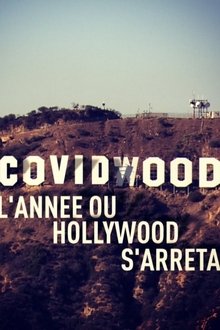World-renowned director Martin Scorsese narrates this journey through his favorites in Italian cinema.
Related Movies

Auge in Auge - Eine deutsche Filmgeschichte (2008)
This is not merely another film about cinema history; it is a film about the love of cinema, a journey of discovery through over a century of German film history. Ten people working in film today remember their favourite films of yesteryear.

Writing Heads (2013)
They are the first and the last, those who imagine stories and give voice to the characters who live them. However, they never speak. But now, they emerge from the shadows of a poorly lit room and tell their secrets, their tricks, their influences; they tell their own story, that of those who face the blank page, the absolute nothingness; that of those who are the true authors, those who create and destroy entire universes. They are the screenwriters.
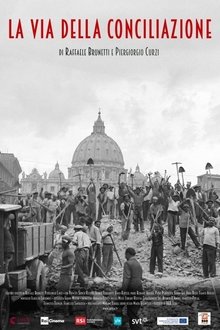
La via della Conciliazione (2017)
Everyone knows the view of Via della Conciliazione with St. Peter's Basilica framed behind it. The most famous postcard of Rome, the background used by correspondents all over the world. Few know that this street hasn't always been there, and in fact shouldn't have been from the premises.
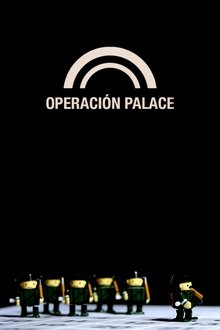
Operación Palace (2014)
Finally, 33 years later, the whole truth behind the attempted coup d'état that shook Spain on the afternoon of February 23, 1981, is revealed by those who lived through those dreadful hours; a deep look behind the heavy curtain which hides the real mastermind, waiting to be unmasked.
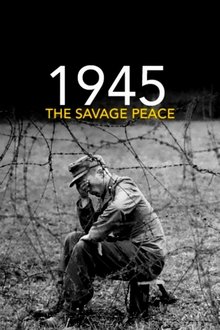
1945: The Savage Peace (2015)
How, in 1945, after the end of World War II and the fall of the Nazi regime, the defeated were atrociously mistreated, especially those ethnic Germans who had lived peacefully for centuries in Germany's neighboring countries, such as Czechoslovakia and Poland. A heartbreaking story of revenge against innocent civilians, the story of acts as cruel as the Nazi occupation during the war years.
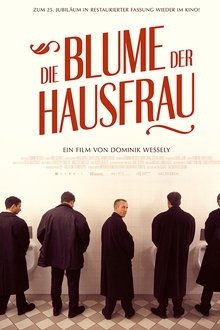
Die Blume der Hausfrau (1999)
About a group of door-to-door salesman who try to sell vacuum cleaners from "Vorwerk", a German manufacturer.
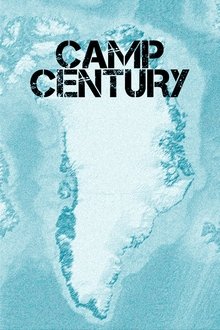
Camp Century: The Hidden City Beneath the Ice (2020)
How in 1959, during the heat of the Cold War, the government of the United States decided to create a secret military base located in the far north of Greenland: Camp Century, almost a real town with roads and houses, a nuclear plant to provide power and silos to house missiles aimed at the Soviet Union.

Kyoko (2017)
In 1971, John Lennon and Yoko Ono embark on a search for a girl named Kyoko. On April 23rd, they are arrested by the police at a hotel in Palma de Mallorca, Spain.
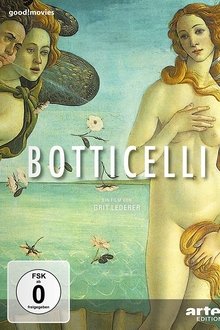
Botticelli (2015)
Renaissance artist Sandro Botticelli (1445-1510) is both a cultural icon and a lasting source of artistic inspiration. His famous female figures, like Venus and Primavera, have become part of our shared visual memory and influence artists worldwide. Berlin director and art historian Grit Lederer explores Botticelli’s life and work, focusing on the Gemäldegalerie’s impressive collection. The film examines how his iconic paintings continue to inspire art and advertising today. Experts reveal what makes his style unique and why his work was forgotten for centuries after his death. Contemporary artists such as French artist Orlan and American Michael Joaquin Grey present works inspired by Botticelli. The documentary traces Botticelli’s enduring impact from Florence through Paris and New York to Berlin.
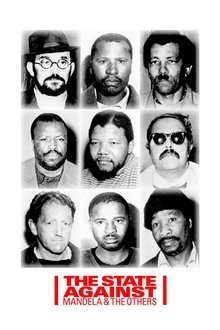
The State Against Mandela and the Others (2018)
South Africa, July 11th, 1963. Several members of the African National Congress, an organization declared illegal, are arrested in Rivonia, a country house near Johannesburg. The detainees, along with Nelson Mandela, imprisoned since 1962, are charged with serious crimes for their radical activism against the apartheid regime.
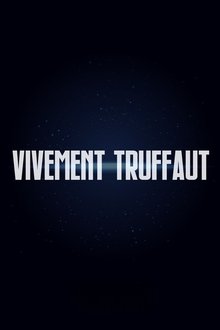
Vivement Truffaut (1985)
A tribute to the late, great French director Francois Truffaut, this documentary was undoubtedly named after his last movie, Vivement Dimanche!, released in 1983. Included in this overview of Truffaut's contribution to filmmaking are clips from 14 of his movies arranged according to the themes he favored. These include childhood, literature, the cinema itself, romance, marriage, and death.
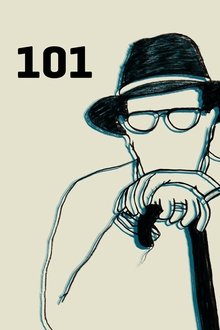
101 (2012)
An exploration of the movie "The strange case of Angelica" and an understanding Manoel de Oliveira's cinema.
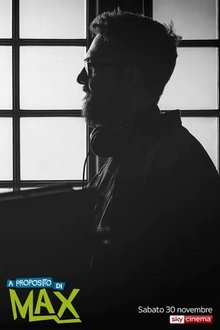
About Max (2019)
The intimate and passionate portrait of the late Max Croci in a documentary that recalls the human and cultural depth with the testimonies of friends and colleagues.
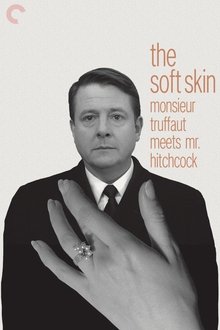
Monsieur Truffaut Meets Mr. Hitchcock (1999)
When Francois Truffaut approached Alfred Hitchcock in 1962 with the idea of having a long conversation with him about his work and publishing this in book form, he didn't imagine that more than four years would pass before Le Cinéma selon Hitchcock finally appeared in 1966. Not only in France but all over the world, Truffaut's Hitchcock interview developed over the years into a standard bible of film literature. In 1983, three years after Hitchcock's death, Truffaut decided to expand his by now legendary book to include a concluding chapter and have it published as the "Edition définitive". This film describes the genesis of the "Hitchbook" and throws light on the strange friendship between two completely different men. The centrepieces are the extracts from the original sound recordings of the interview with the voices of Alfred Hitchcock, Francois Truffaut, and Helen Scott – recordings which have never been heard in public before.

Monsters from the Id (2009)
The 1950s were a time marked by an idealistic feeling. The atomic age, with its promise to save humanity, revolutionized the world, technologically, socially and politically. All these factors gave birth to one of the most prolific film genres in the history of cinema: science fiction, which delighted the audience. Only a few years later, these same spectators saw on their television screens how the Russians launched the Sputnik into space.


